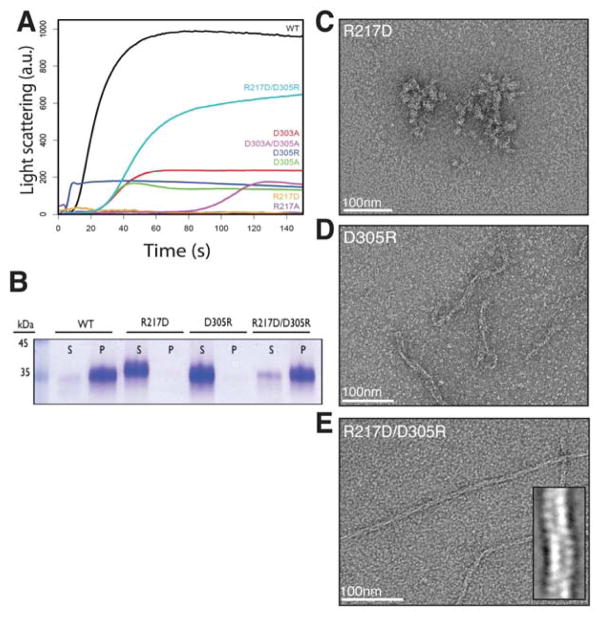FIGURE 4. Mutations to residues predicted to mediate lateral contacts disrupt PhuZ201 assembly in vitro.
(A) Right-angle light-scattering traces of PhuZ201 wild type (WT) and mutants polymerized in 1mM GTP. The following concentrations were used: 3 μM WT in black, 5 μM D303A in red, 7 μM D305A in green, 9 μM D305R in dark blue, 30 μM R217A in purple, 30 μM R217D in orange, 10 μM D303A/D305A in violet, and 6 μM R217D/D305R in cyan. (B) Polymerization of PhuZ201 mutants in excess GTP was assayed by high-speed pelleting assay as described under “Experimental Procedures” with supernatant (S) and pellet (P) fractions analyzed by SDS-PAGE. (A) and (B) Charge reversal mutant R217D/D305R partially restores the ability to form filaments. (C)–(E) Sections of micrographs of negatively stained PhuZ201 mutants polymerized in excess GMPCPP. PhuZ201 single mutants R217D (C) and D305R (D) are unable to form three-stranded filaments, but the double mutant R217D/D305R (E) assembles three-stranded filaments (inset). See also Table S1 and Figure S3.

